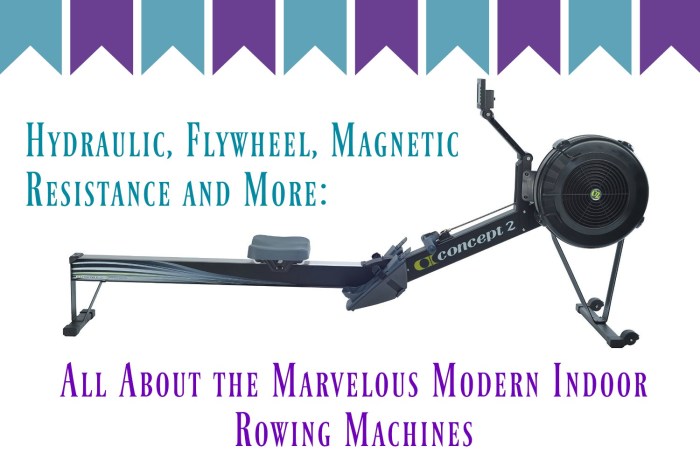In the realm of mechanical engineering, machines are usually either hydraulic or flywheel operated, each with its unique advantages and applications. This comprehensive guide delves into the intricacies of these systems, exploring their working principles, benefits, and limitations.
From the sophisticated hydraulics powering construction equipment to the flywheel-driven energy storage systems revolutionizing transportation, these technologies play a pivotal role in shaping modern machinery.
Hydraulic Systems
Hydraulic systems utilize a liquid medium, typically oil, to transmit power and motion within machines. They consist of a pump that generates hydraulic pressure, a reservoir to store the fluid, and a network of pipes, valves, and actuators that control the flow and direction of the fluid.
Working Principles
The pump creates hydraulic pressure, which is then directed to actuators such as hydraulic cylinders or motors. These actuators convert the hydraulic pressure into linear or rotary motion, respectively. Valves regulate the flow and direction of the fluid, enabling precise control of the machine’s operation.
Examples
- Construction equipment (excavators, bulldozers)
- Industrial machinery (presses, injection molding machines)
- Aerospace systems (landing gear, flight control systems)
Advantages
- High power density
- Compact design
- Precise control
- Reliability and durability
Disadvantages
- Leakage potential
- Temperature sensitivity
- Maintenance and fluid replacement requirements
- Uninterruptible power supplies (UPS)
- Hybrid vehicles
- Industrial machinery (textile machines, paper mills)
- High energy storage capacity
- Long lifespan
- Low maintenance requirements
- Improved system stability
- Large size and weight
- Safety concerns (potential for catastrophic failure)
- Limited energy output rate
- Hydraulic systems: Excavators, bulldozers, cranes
- Flywheel systems: Not commonly used
- Hydraulic systems: Presses, injection molding machines, robots
- Flywheel systems: Textile machines, paper mills
- Hydraulic systems: Landing gear, flight control systems
- Flywheel systems: Not commonly used
- Pump selection (pressure, flow rate)
- Valve selection (type, size)
- Pipe and hose design (pressure rating, flexibility)
- Fluid selection (viscosity, temperature range)
- Safety measures (pressure relief valves, leak detection)
- Flywheel material (steel, composite)
- Flywheel design (size, shape, rotational speed)
- Bearing selection (type, load capacity)
- Safety measures (containment structures, speed monitoring)
- Regular fluid replacement
- Leak detection and repair
- Valve maintenance and calibration
- Pressure monitoring
- Troubleshooting (pressure drops, leaks, overheating)
- Bearing lubrication and inspection
- Speed monitoring and control
- Vibration analysis
- Troubleshooting (speed fluctuations, excessive vibration)
Flywheel Systems

Flywheel systems store kinetic energy in a rotating flywheel, which can be used to provide power or stabilize a system’s operation. Flywheels are typically made of heavy materials, such as steel or composite materials, and rotate at high speeds.
Concept of Operation
When energy is applied to the flywheel, it accelerates, storing kinetic energy. When the energy source is removed, the flywheel continues to rotate, releasing its stored energy gradually over time. This stored energy can be used to power other components of the machine or to stabilize the system’s operation by reducing fluctuations in energy demand.
Examples
Benefits
Limitations
Comparison of Hydraulic and Flywheel Systems

| Feature | Hydraulic Systems | Flywheel Systems |
|---|---|---|
| Energy storage medium | Liquid (oil) | Rotating mass (flywheel) |
| Power density | High | Lower |
| Compactness | Yes | No |
| Controllability | Precise | Less precise |
| Reliability | High | High |
| Maintenance requirements | Moderate | Low |
| Applications | Construction, industrial machinery, aerospace | UPS, hybrid vehicles, industrial machinery |
Applications in Different Industries

Construction
Industrial Machinery
Aerospace
Design Considerations
Hydraulic Systems, Are usually either hydraulic or flywheel operated
Flywheel Systems
Maintenance and Troubleshooting
Hydraulic Systems, Are usually either hydraulic or flywheel operated
Flywheel Systems
FAQ Corner: Are Usually Either Hydraulic Or Flywheel Operated
What is the primary difference between hydraulic and flywheel systems?
Hydraulic systems utilize fluids to transmit power, while flywheel systems rely on the inertia of a rotating mass.
What are the advantages of hydraulic systems?
Hydraulic systems offer high power density, precise control, and smooth operation.
What are the disadvantages of flywheel systems?
Flywheel systems can be bulky, have limited energy storage capacity, and require careful design to prevent overspeeding.